ENG – ITA
BELVEDERE GD-CLT-N-RN 13163/13501 (2023) is an interdisciplinary project created with (ab)Normal and Captcha for “Spaziale,” the Italian Pavilion, curated by Fosbury Architecture, at the 18th Venice Biennale of Architecture.
The project begins as an investigation of the ‘operational underbelly’ of the Tuscan landscape. Despite its cultural status as a ‘postcard-like’ territory, Tuscany hosts some of Europe’s largest plant nurseries and a massive industrial production of plants and trees for decorative purposes. It also hosts a blossoming industry specialized in the reproduction of architectural elements using polystyrene and digital fabrication technologies. BELVEDERE explores the Tuscan landscape and its relentless codification of aesthetic forms, linking the serial production of identical genetically modified plants to the creation of polystyrene copies of neoclassical architectural elements used to decorate new buildings.
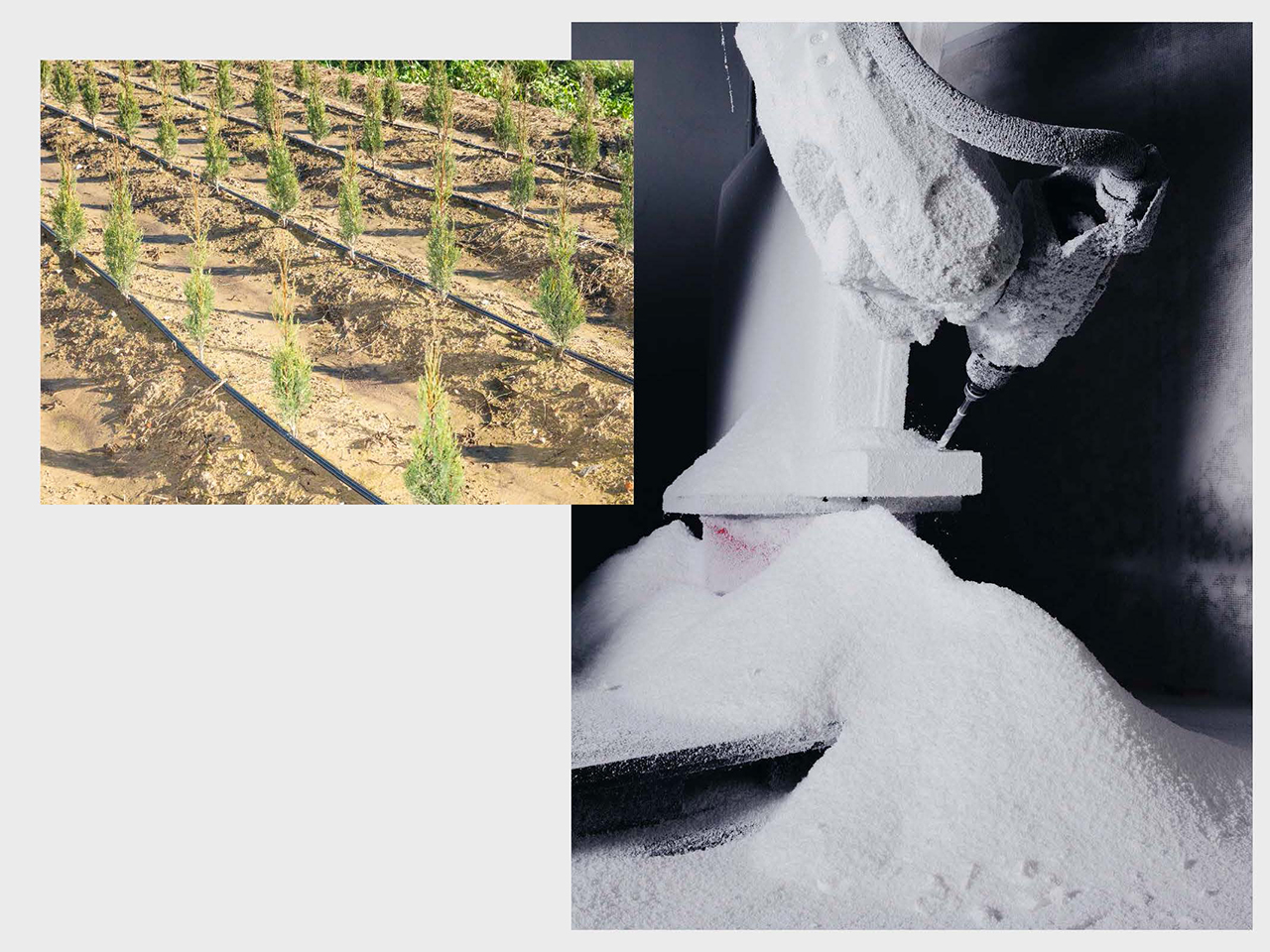



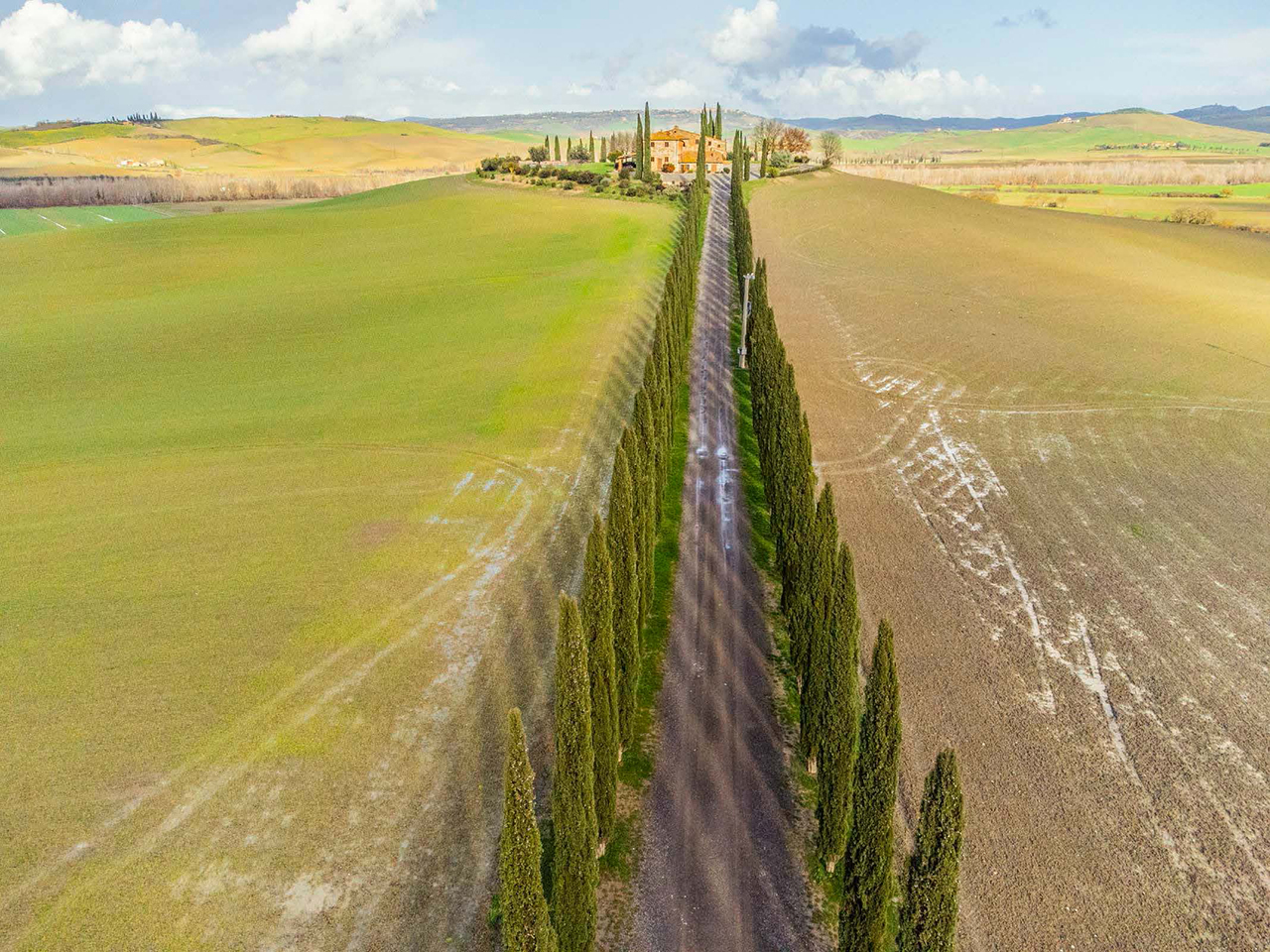



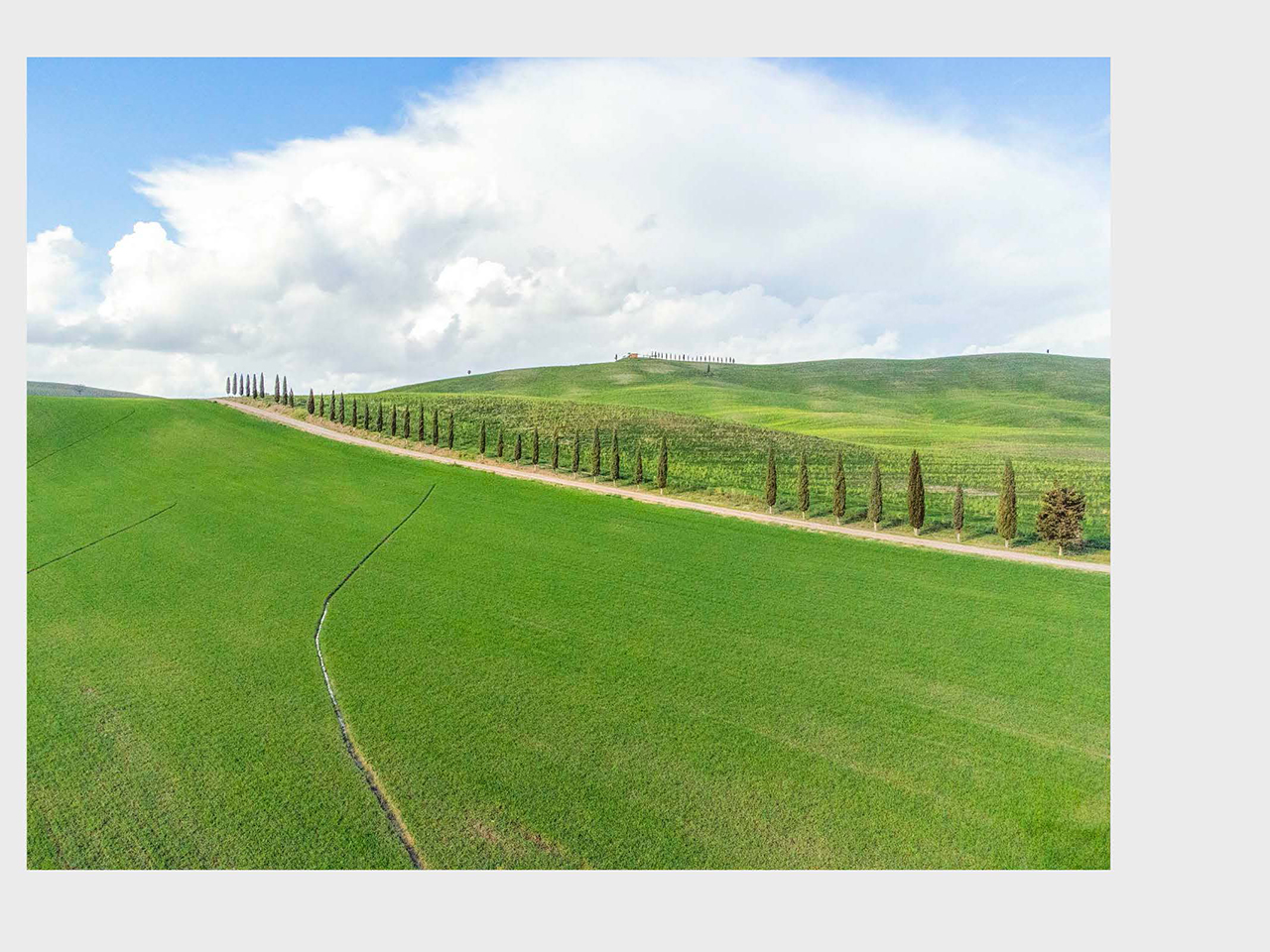

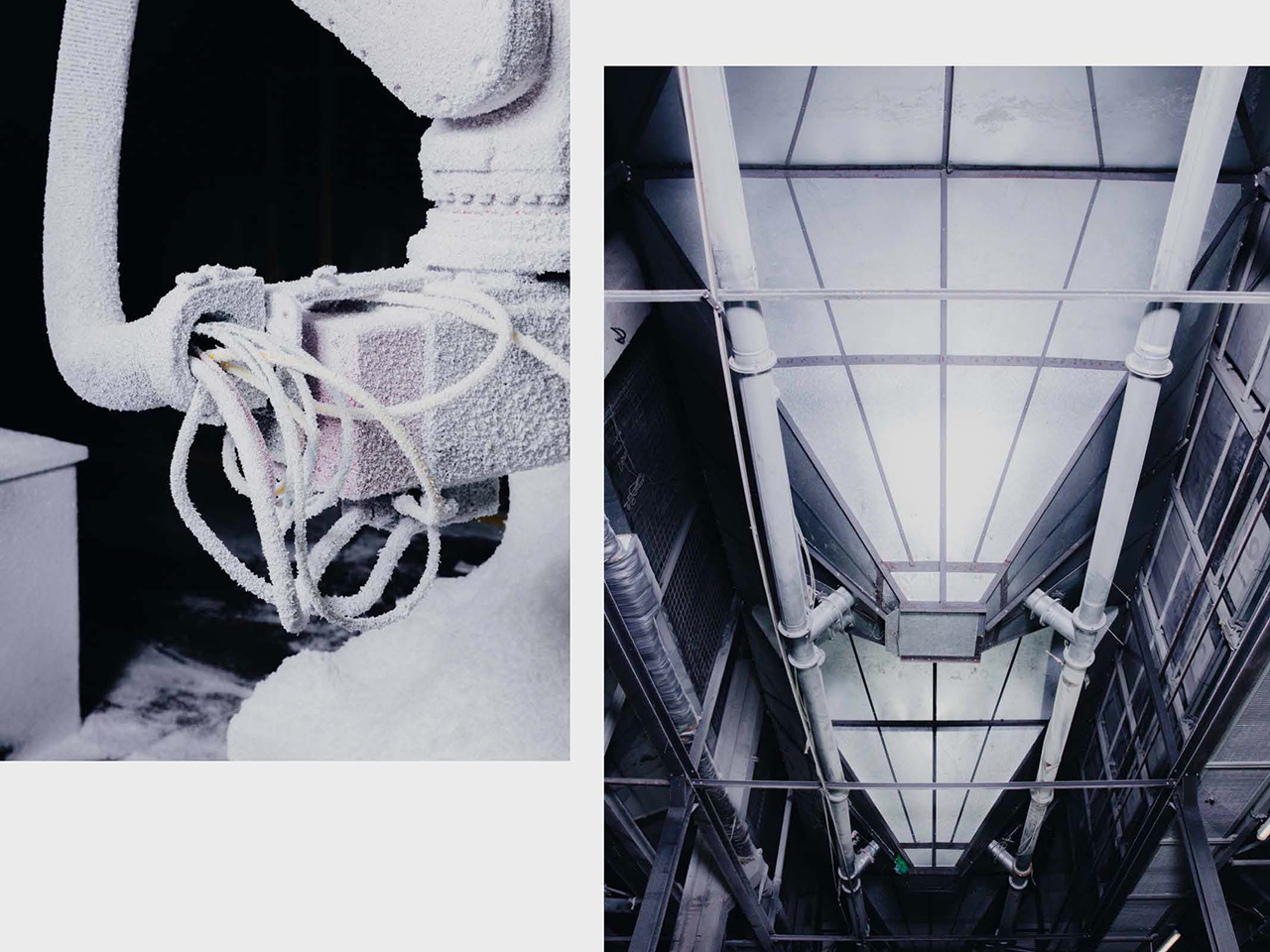
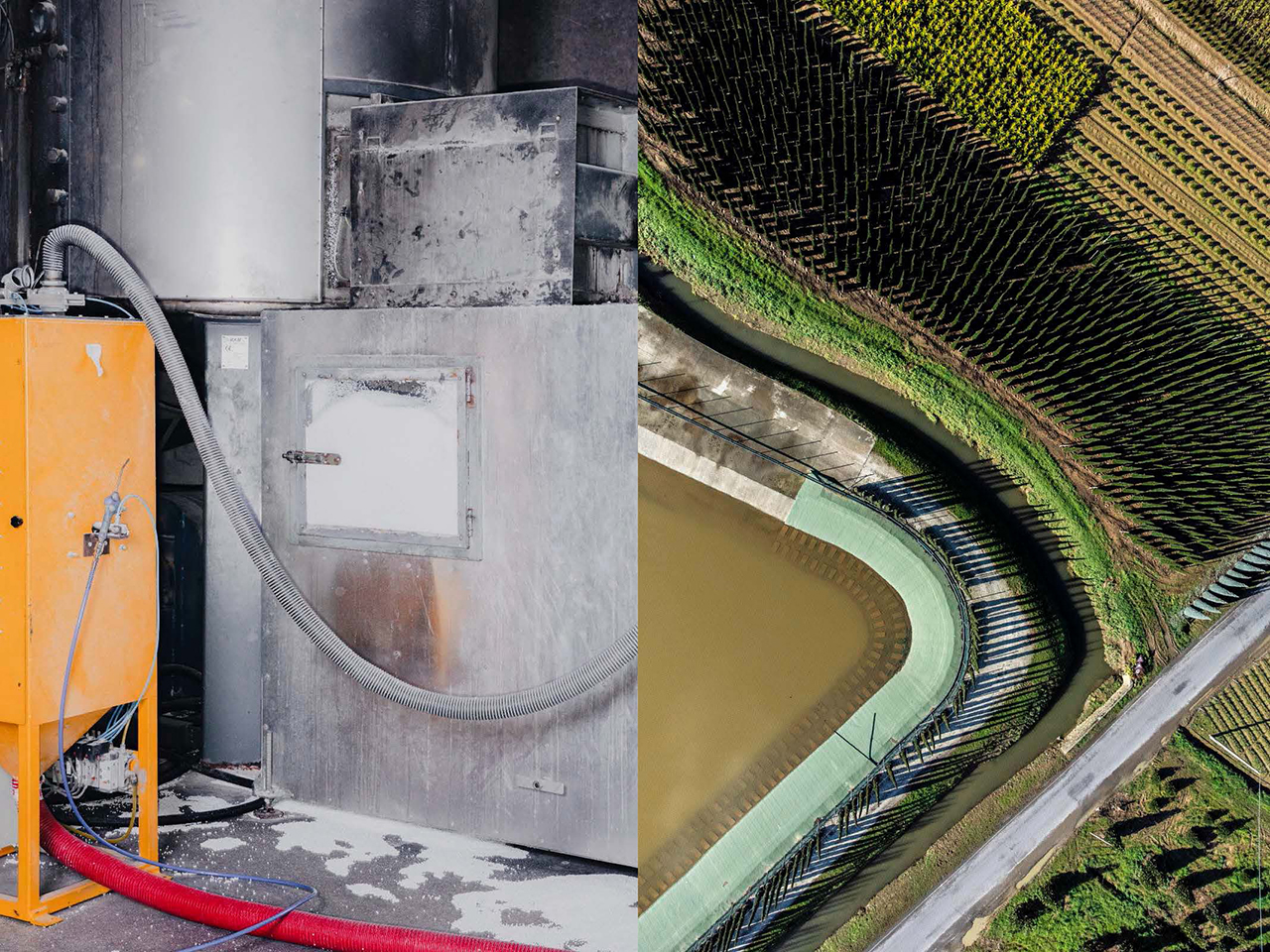

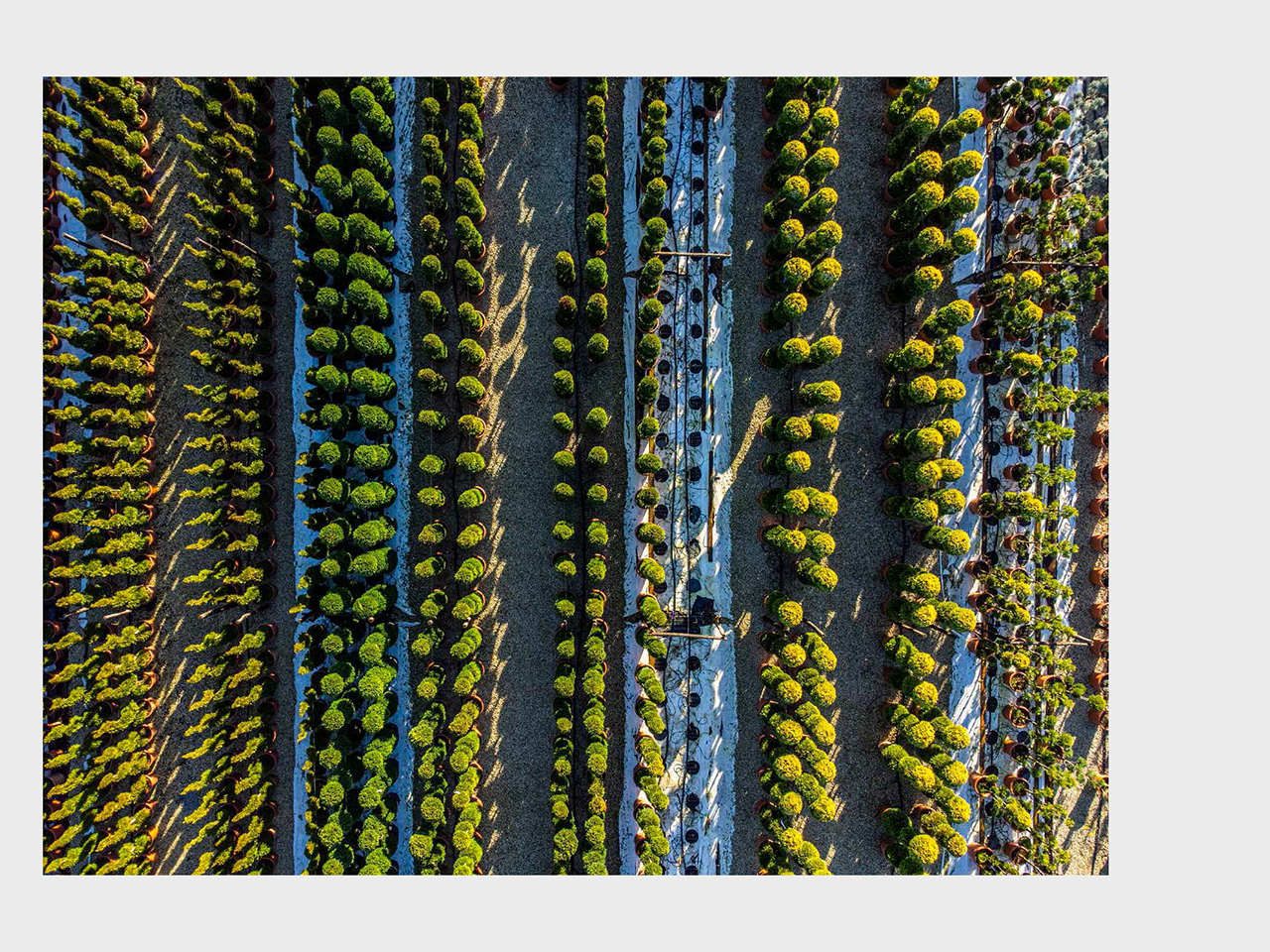
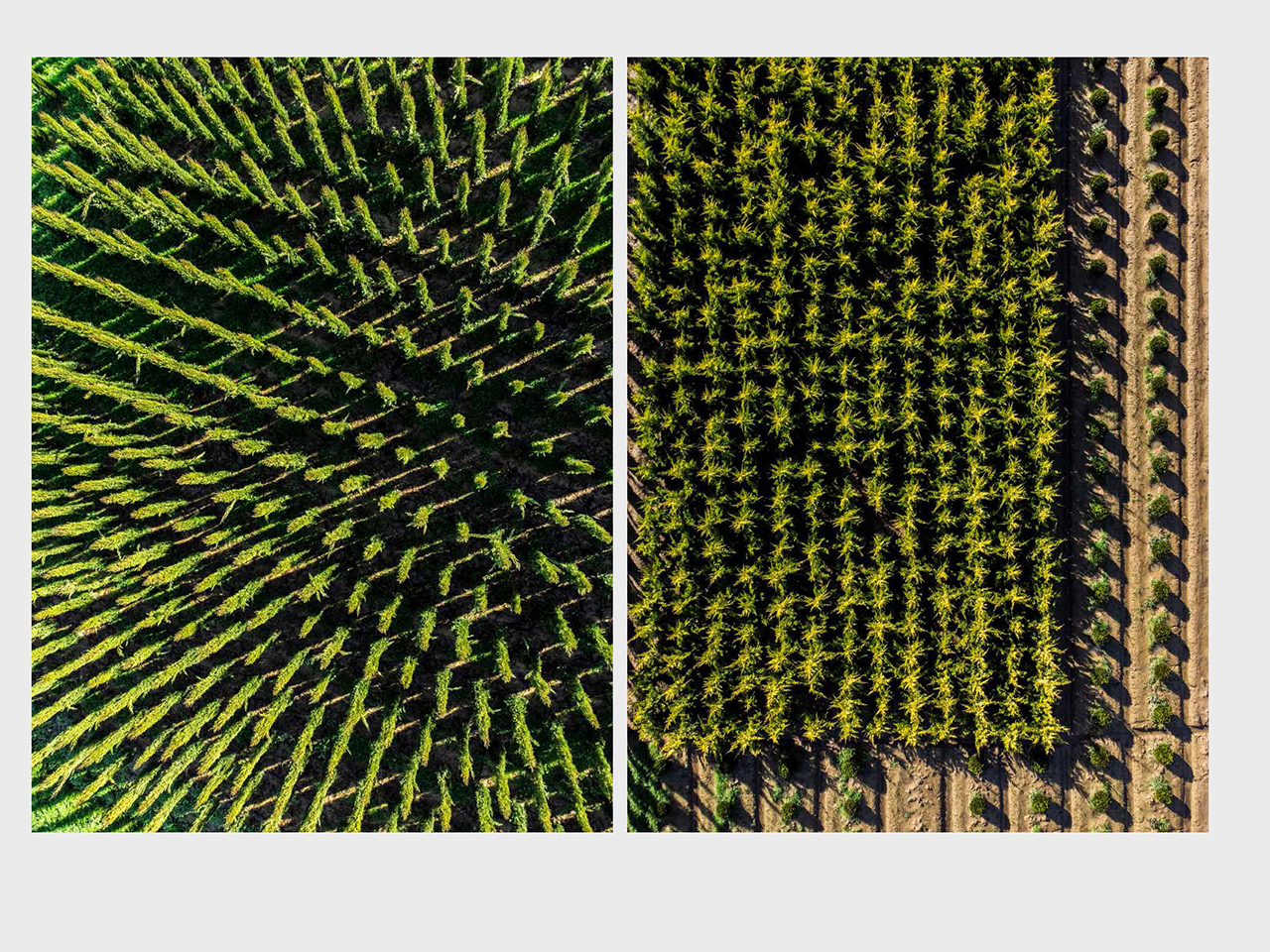


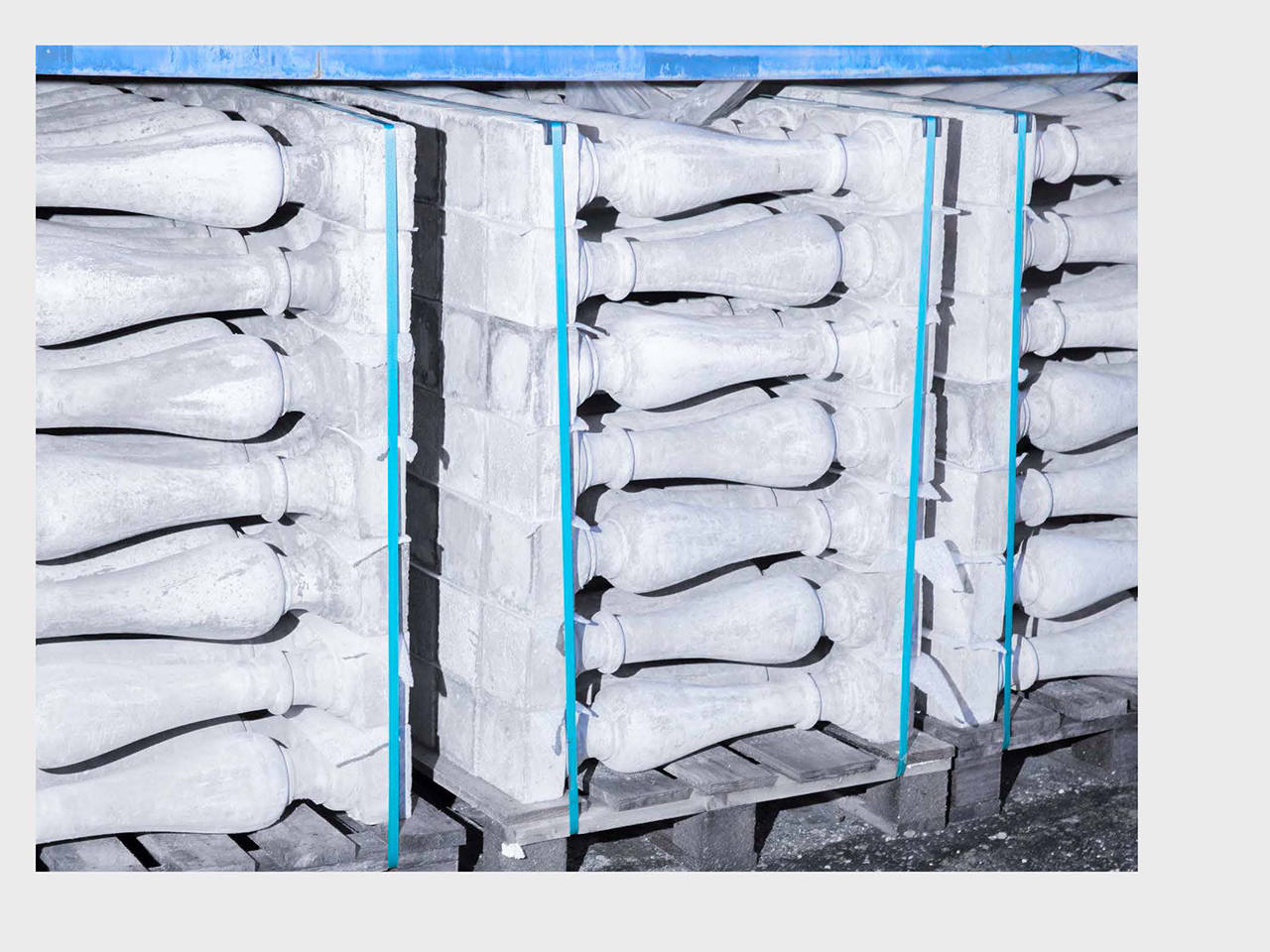

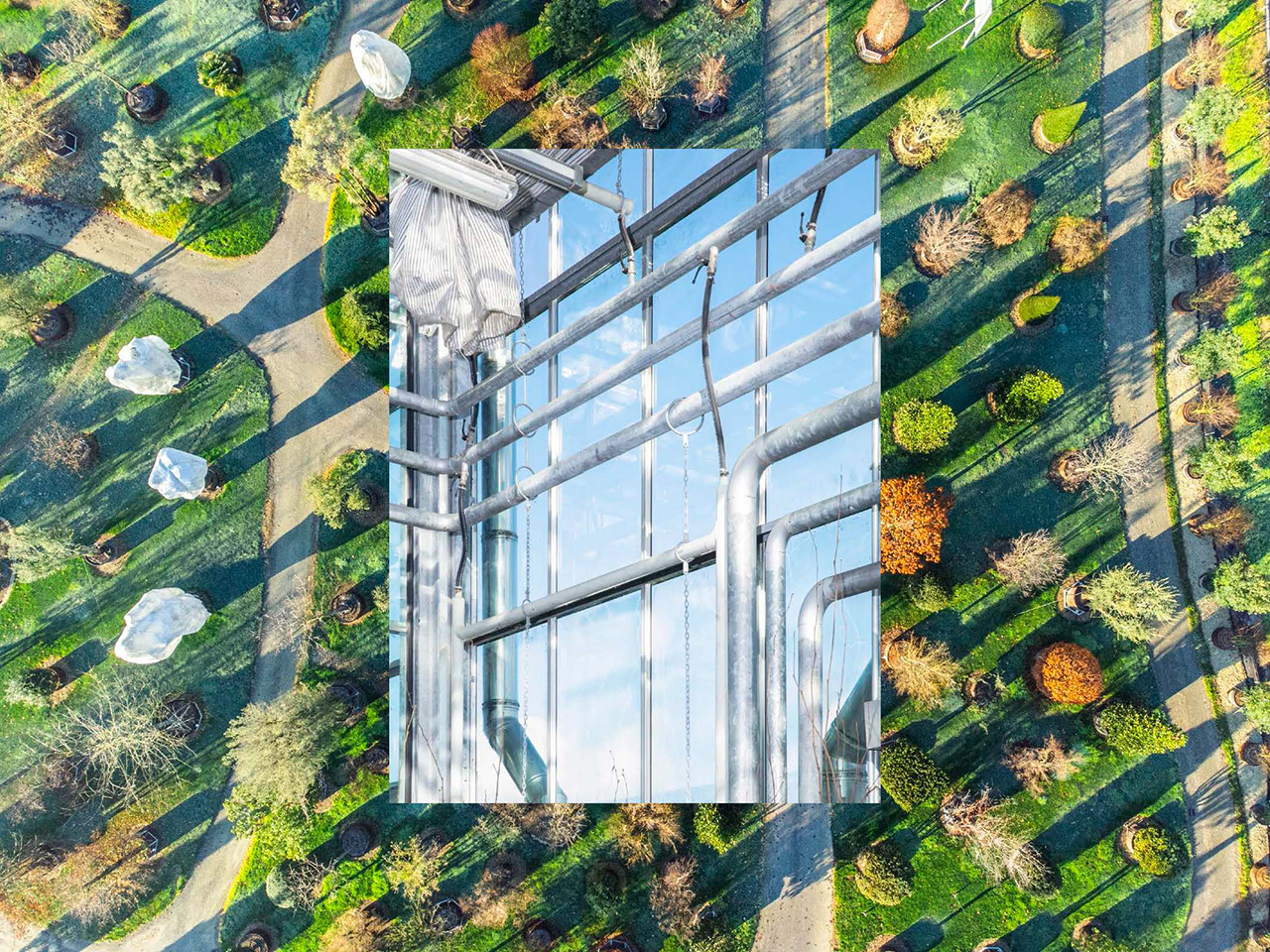

2023 VENICE BIENNALE, ITALIAN PAVILION
BELVEDERE#0001 (2003). Aluminum pallets (7 pieces, 120x80x14 cm each); seven sculptural groups with neoclassical architectural elements in polystyrene (various dimensions); plastic vases (28 pieces, 33×33 cm each); irrigation system with fluorescent tubes; neon light system; looped video on a monitor (55’’, 4K UHD, colors, no sound); platform filled with Tuscan soil; various components. Overall dimensions: X: 552; Y: 344; Z: 552cm.
Just like in the cybernetic dream of a self-replicating machine, Tuscany turns natural resources into its endless self-reproduction using highly automated production processes. The BELVEDERE#0001 installation investigates the Tuscan landscape and its technical reproducibility. The work takes the form of a synthetic landscape and proposes a novel understanding of the contemporary relations between natural environment, art, architecture, and new technical processes.
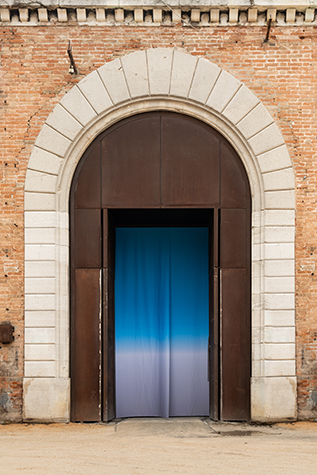
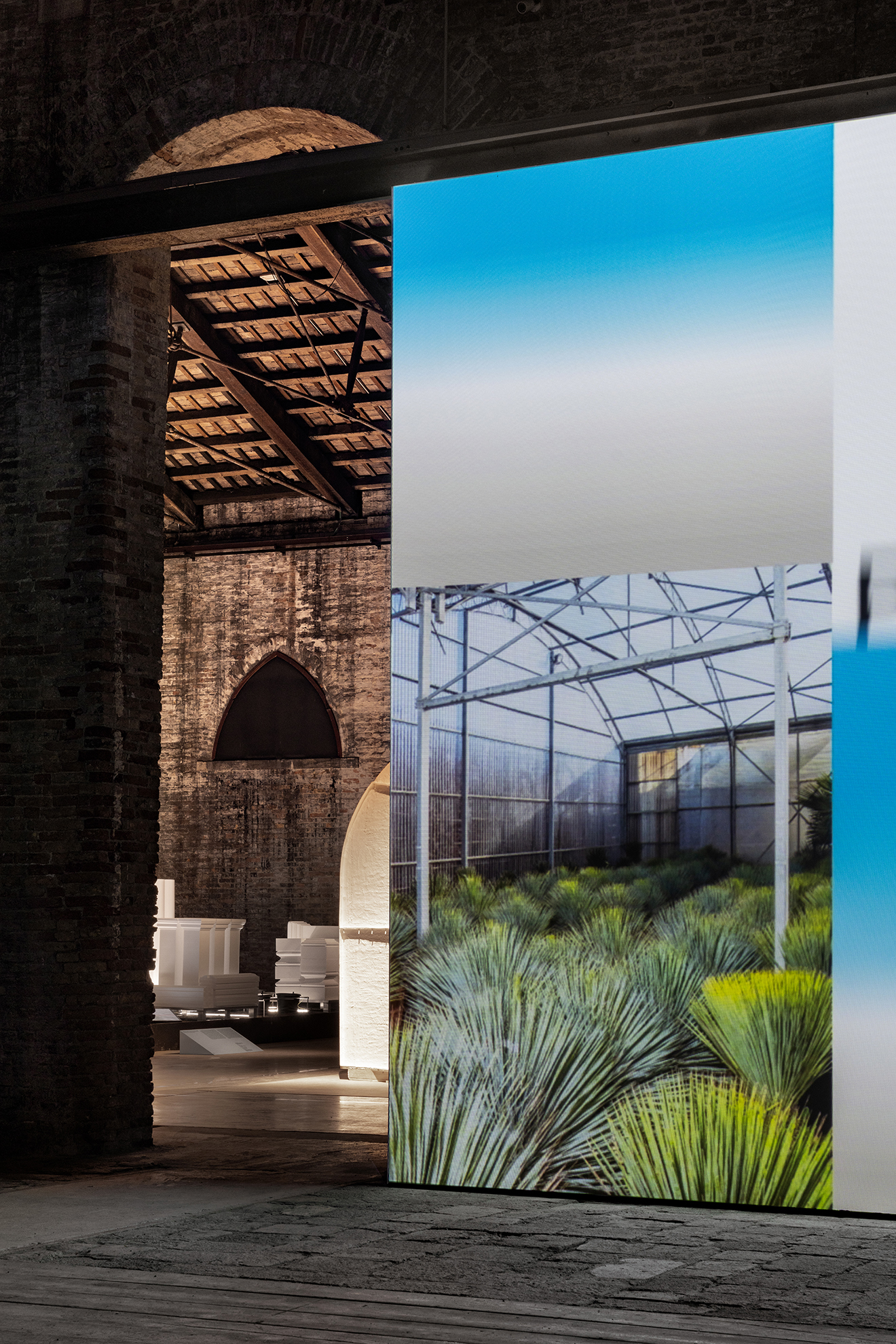
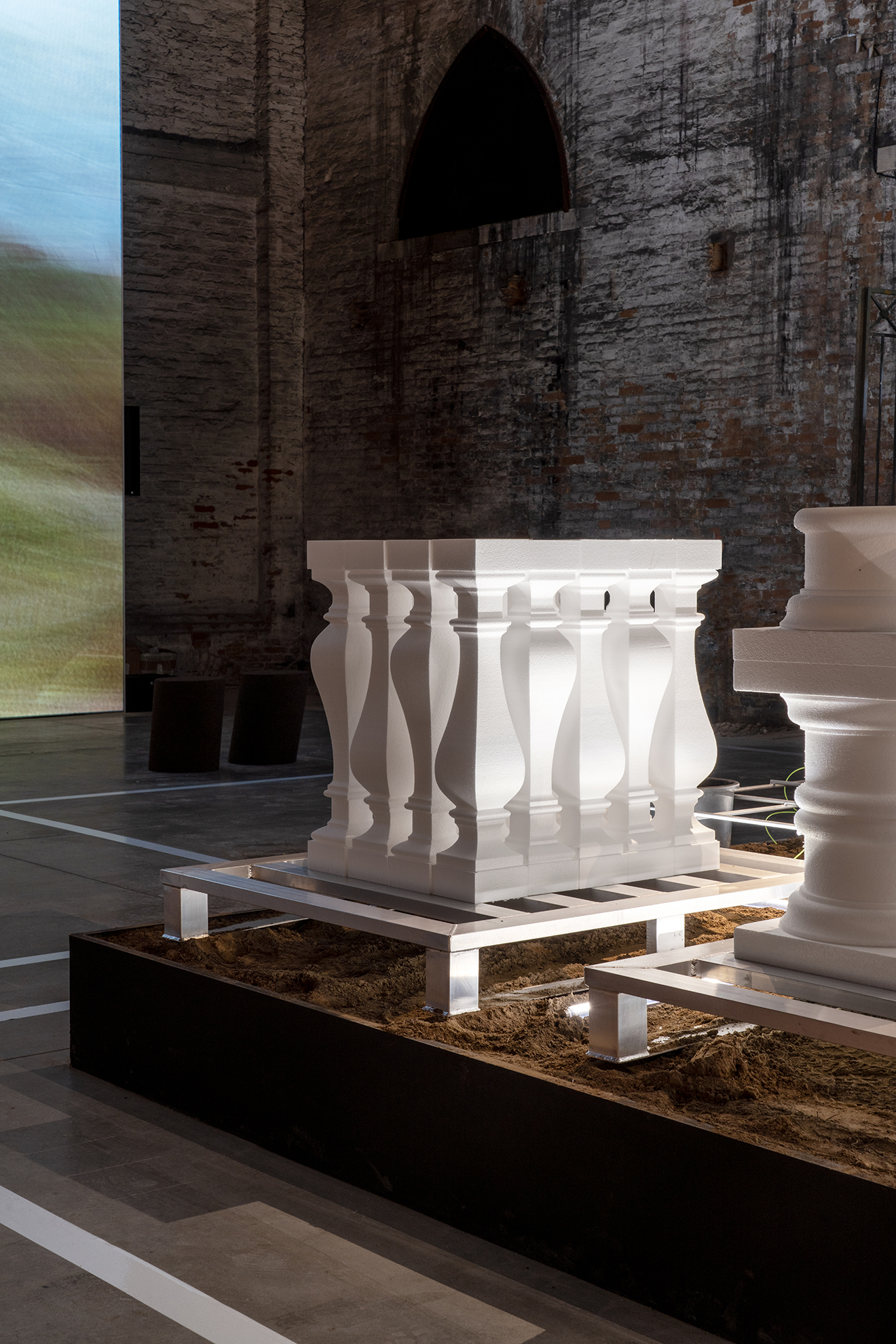

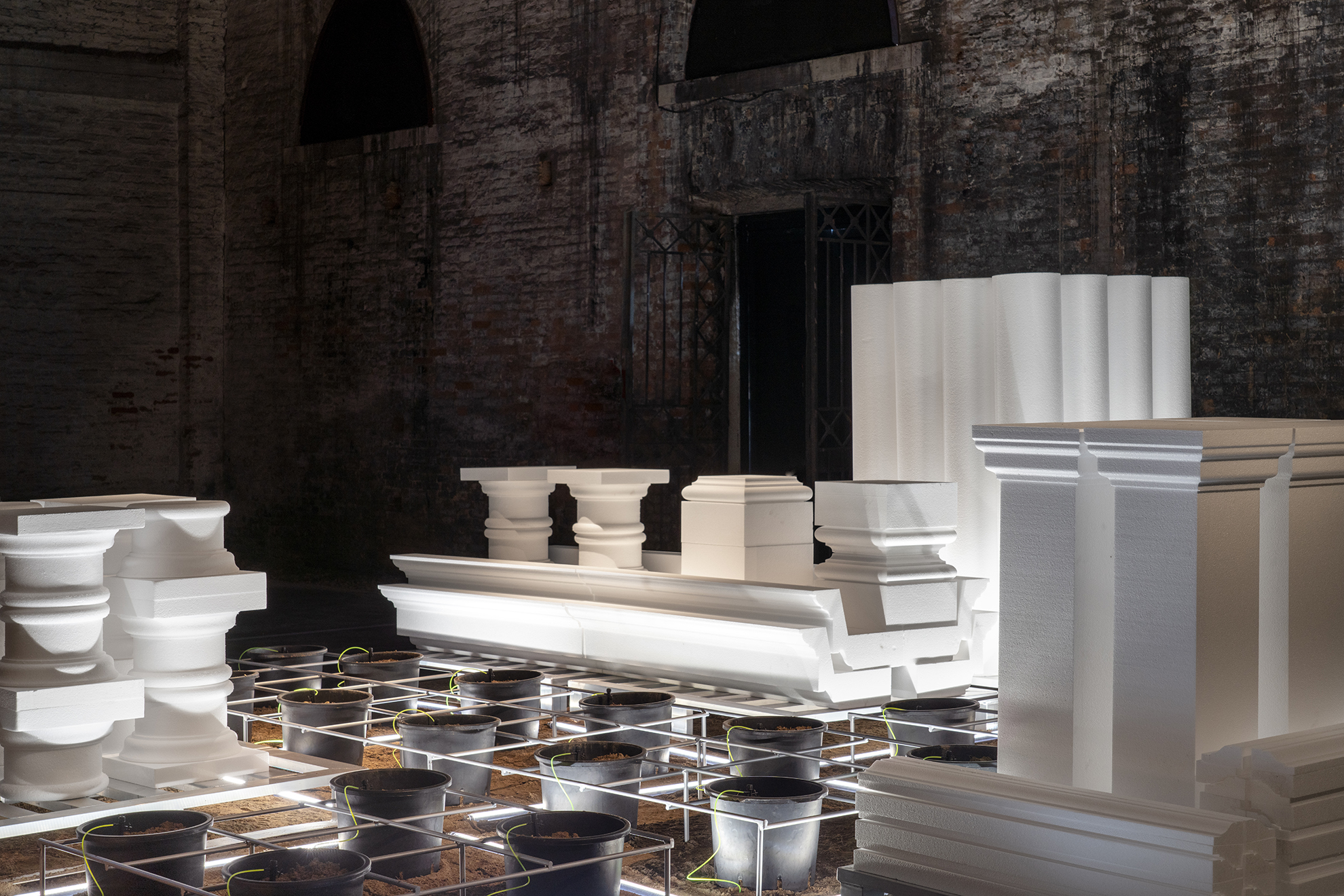
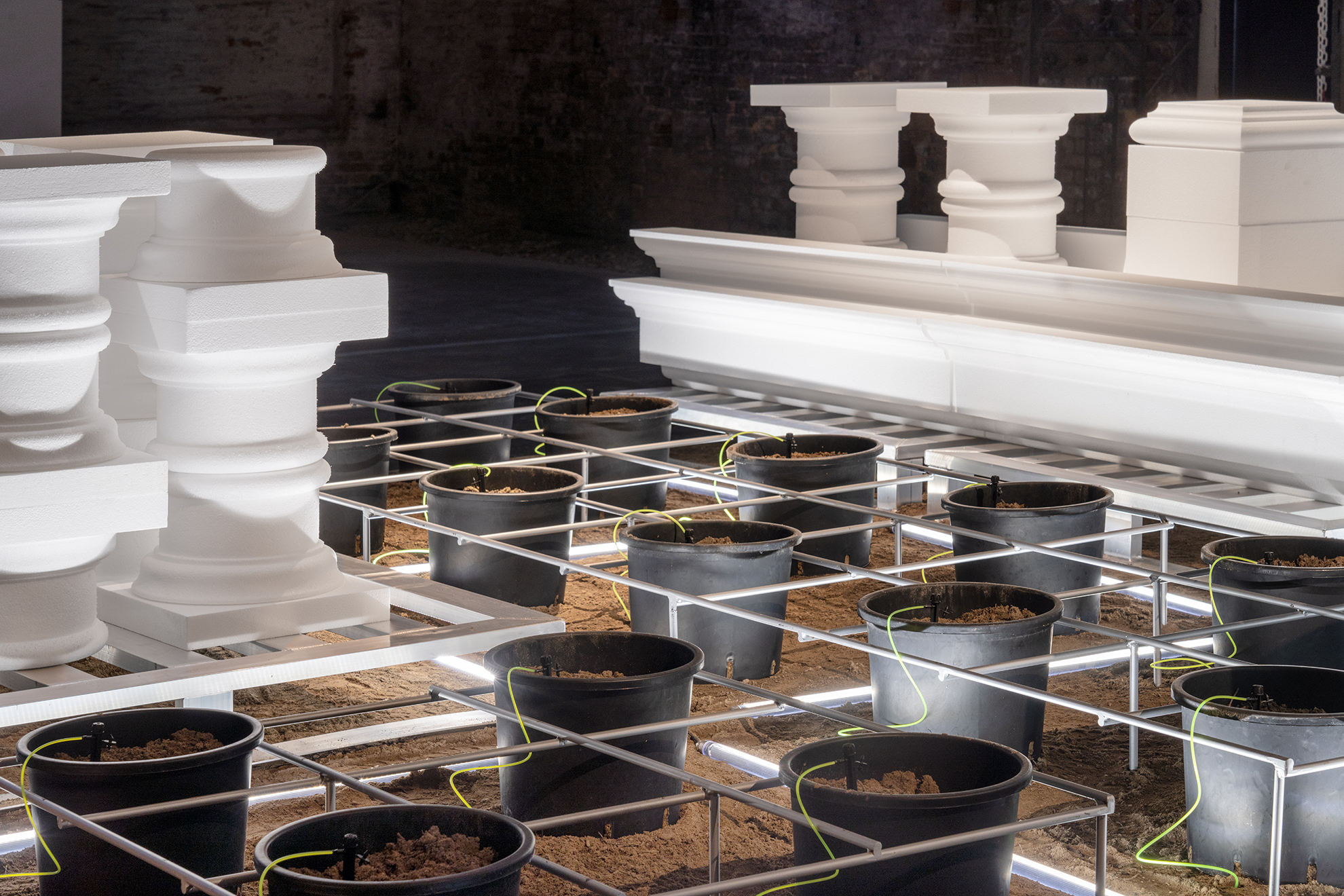
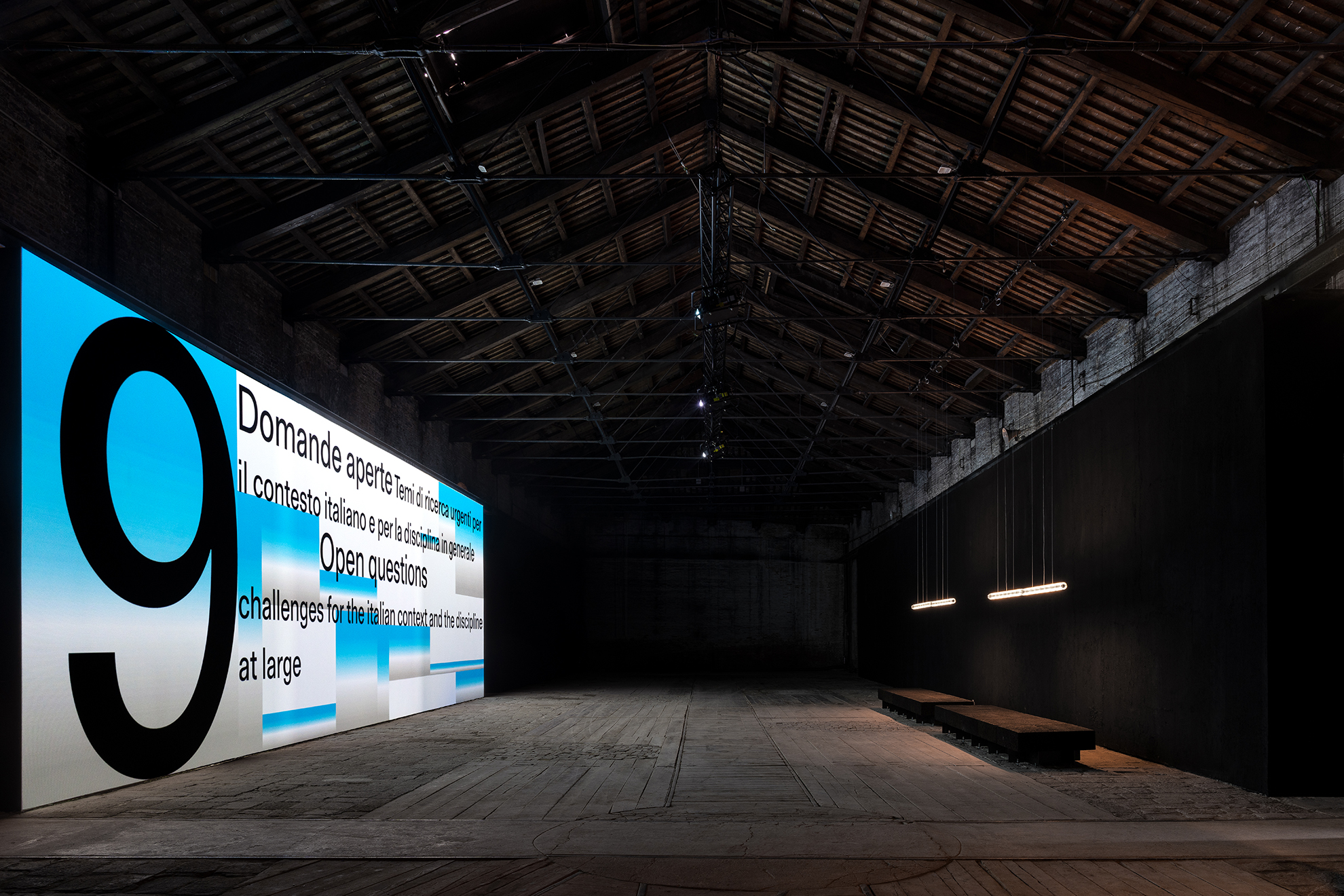

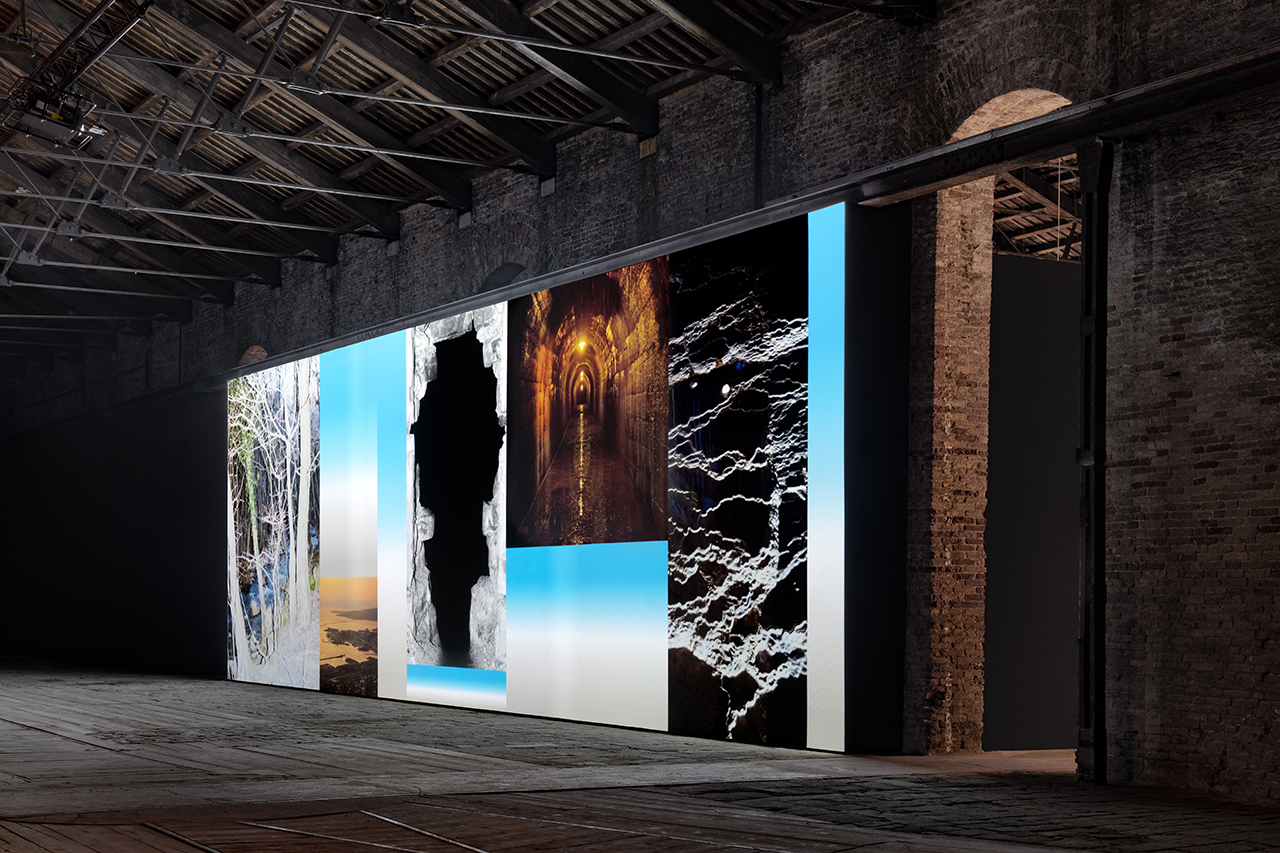
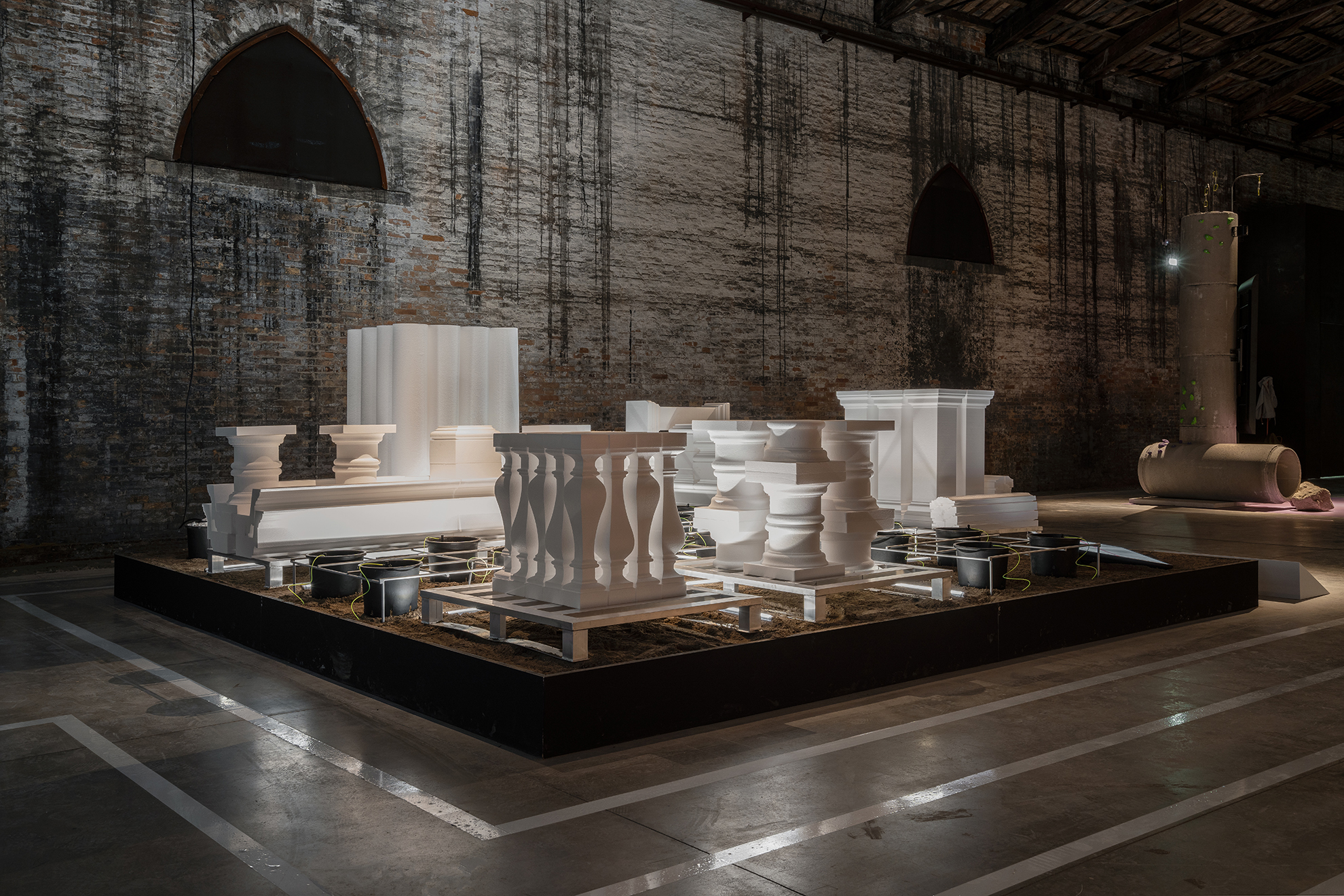
VIDEO INSTALLATION AT CENTRO PECCI FOR CONTEMPORARY ART
BELVEDERE#0002 (2003). Multi-level dodecahedral structure with scaffolding pipes (galvanized steel, Ø 48mm, various lengths); fitted panels; videos on twelve TV monitors (55’’, colors, no sound); nine sculptural groups of neoclassical architectural elements in polystyrene (various dimensions); various components. Overall dimensions: X: 552; Y: 344; Z: 552cm.
The second installation, BELVEDERE#0002, takes the form of a multi-level digital observatory with twelve screens arranged on a dodecahedral structure inside Centro Pecci for Contemporary Art. Twelve looped videos depict the surrounding landscape and reveal the extremely artificial nature of the largest nursery district in Europe. The installation provides a new point of view from which to observe the plain that extends between Prato and Pistoia, and serves as the site for an ongoing public program of talks at the intersection of art, architecture, technology, and the environment.
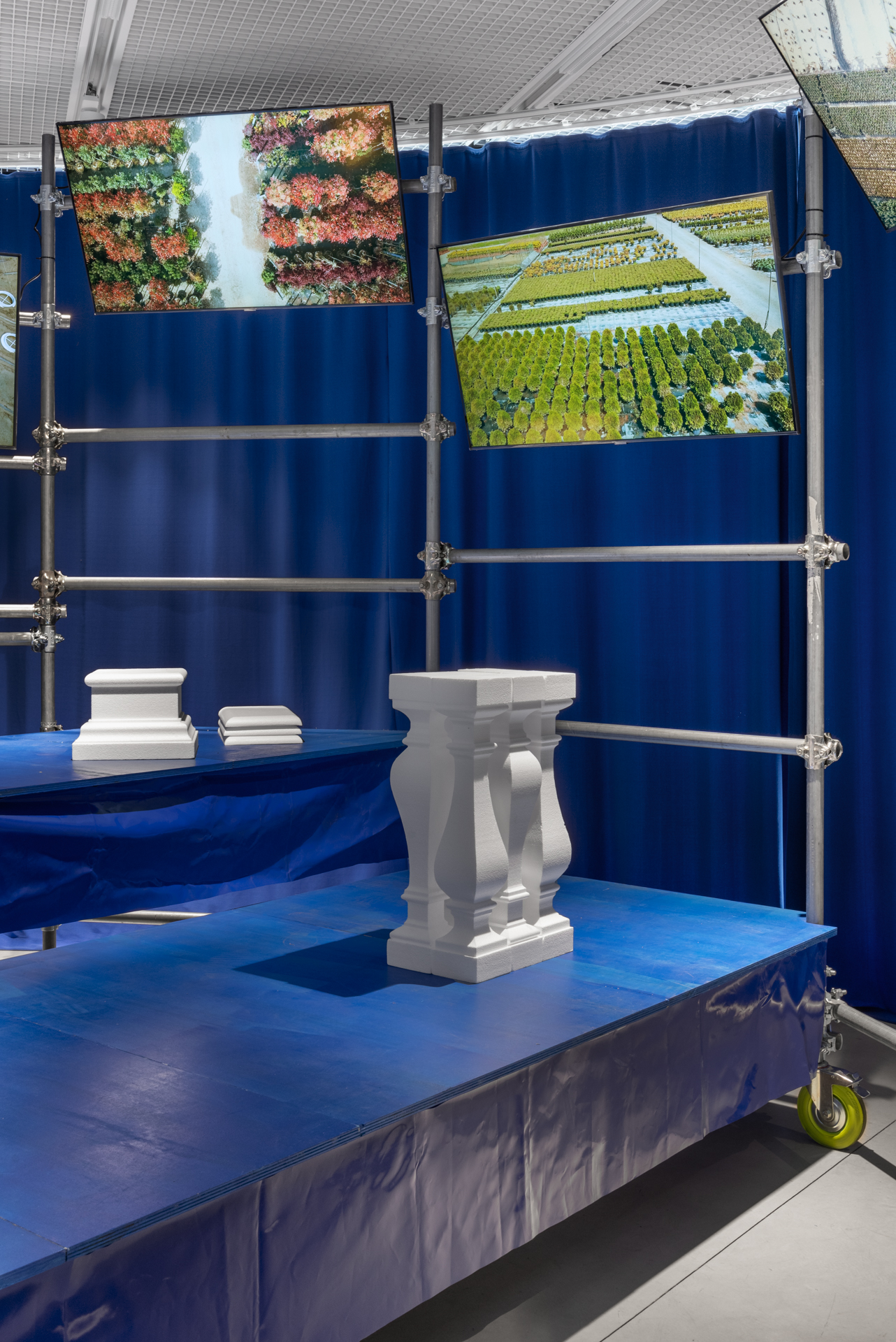

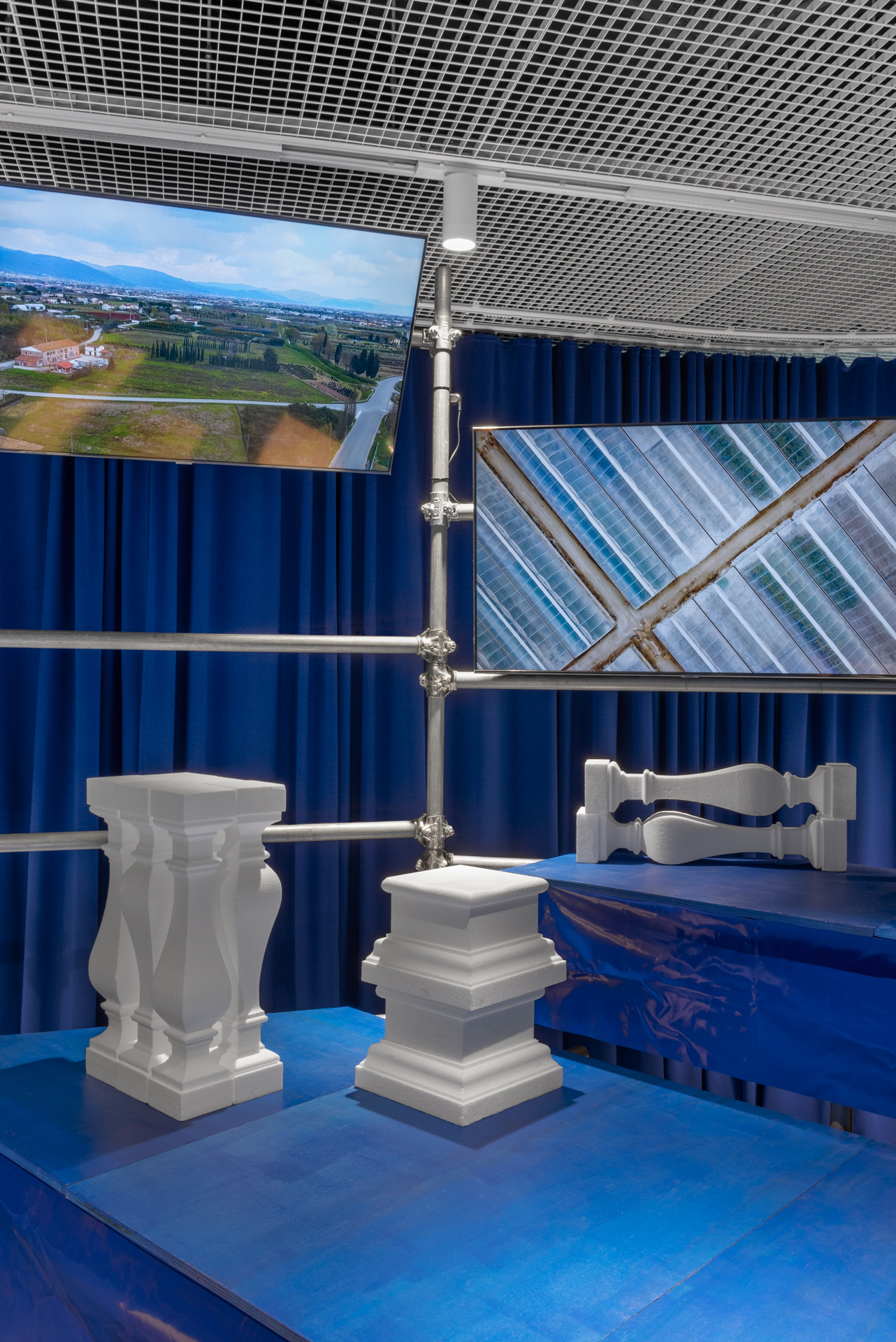
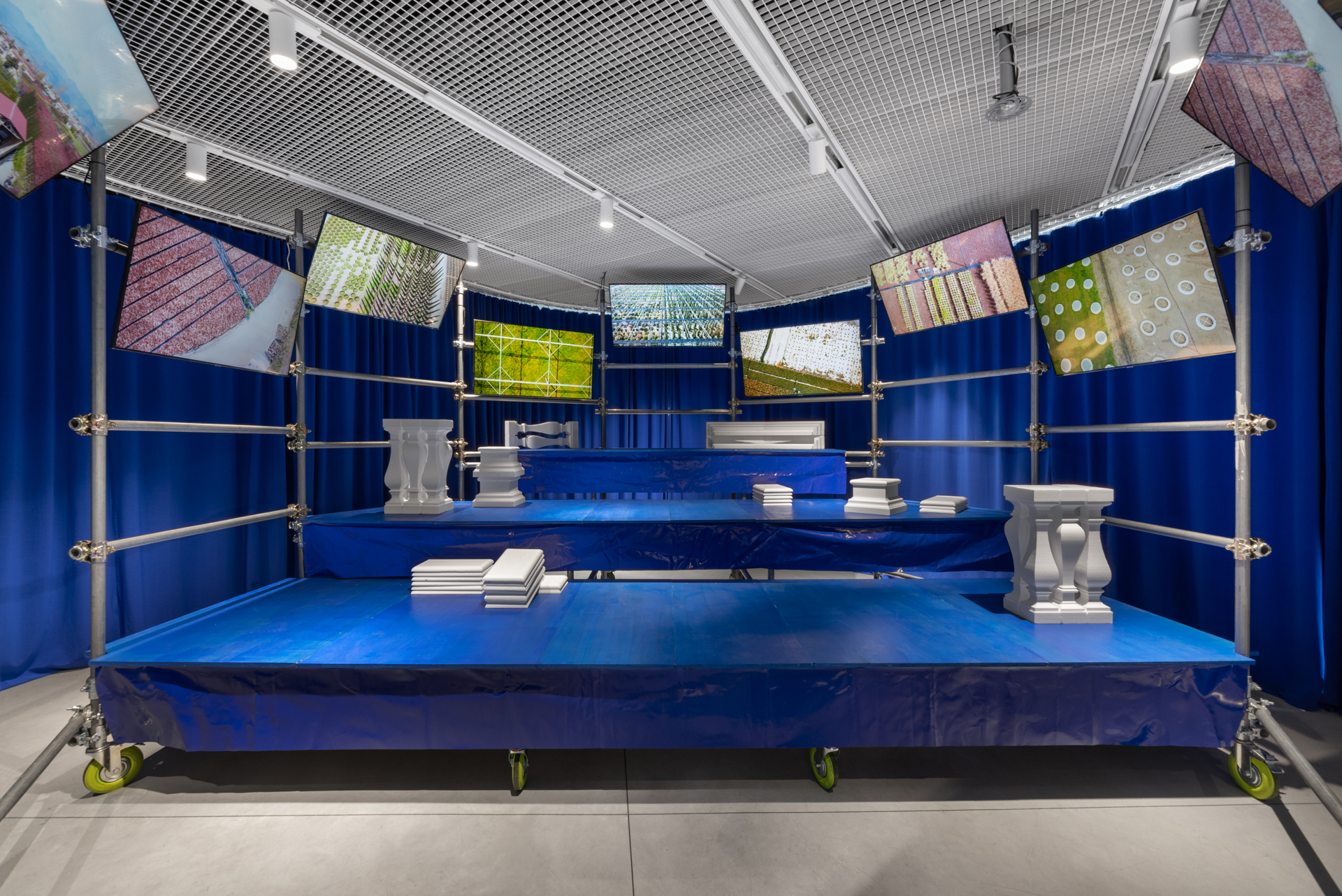
EXHIBITION CATALOGUE (Humboldt Books)
Spaziale. Everyone belongs to everyone else, Humboldt Books, 2023. Edited by Fosbury Architecture. English, Italian. 366 pages. Paperback, 17 x 24 cm, ISBN 9791280336118
The exhibition catalogue “Spaziale. Everyone belongs to everyone else,” edited by Fosbury Architecture, brings together the voices of all the protagonists involved in the Italian Pavilion at the 18th International Architecture Exhibition – La Biennale di Venezia. The following text is taken from my longer interview published in the book.
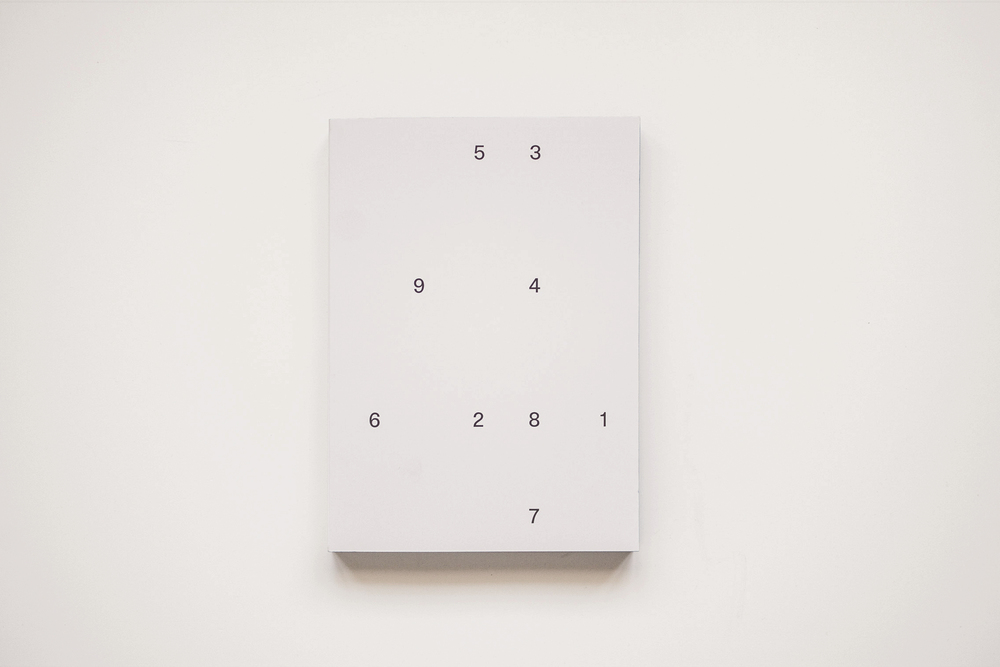


<<The ‘self-replicating machine’ was theorized in 1949 by John von Neumann as an artificial apparatus capable of reproducing itself infinitely using resources taken from the surrounding environment. Although it never became an actual technology, this cybernetic hypothesis has nurtured desires for self-suffiency and technological propagation for decades. I realized that the plain between Florence, Prato and Pistoia already functions in a similar way: its architectural elements, for example, are produced from polystyrene by local companies specialized in digital modelling: CAD (Computer-Aided Design) and CNC (Computerized Numerical Control). These elements are used in the building industry, on site and elsewhere, reproducing architectural styles that correspond to the notion of a traditional Tuscan landscape. Plant nurseries also shape the landscape by exploiting local resources, and then dispatch their produce to dozens of other countries. Just as the idea of the Tuscan landscape travels the world, so the Tuscan plant nursery industry relies on exportation. The upshot is that ‘Tuscan’ landscapes now appear just about everywhere, from China to California, also thanks to the other products exported by Tuscan industries. And thus, as a technically reproducible entity, this landscape is constantly being codified and reproduced elsewhere. In this way, little by little, we may imagine the integration of the industrial supply chains between Prato and Pistoia up to the creation of a great productive apparatus—committed to the propagation of the model from which it is generated. The self-replicating machine, in this sense, corresponds to the set of techniques and ideas codified between Prato and Pistoia, which works on the reproduction of local architectural and plant elements, and which ultimately aims to reproduce the techno-aesthetic models of ‘Tuscanness’ ad infinitum.>>


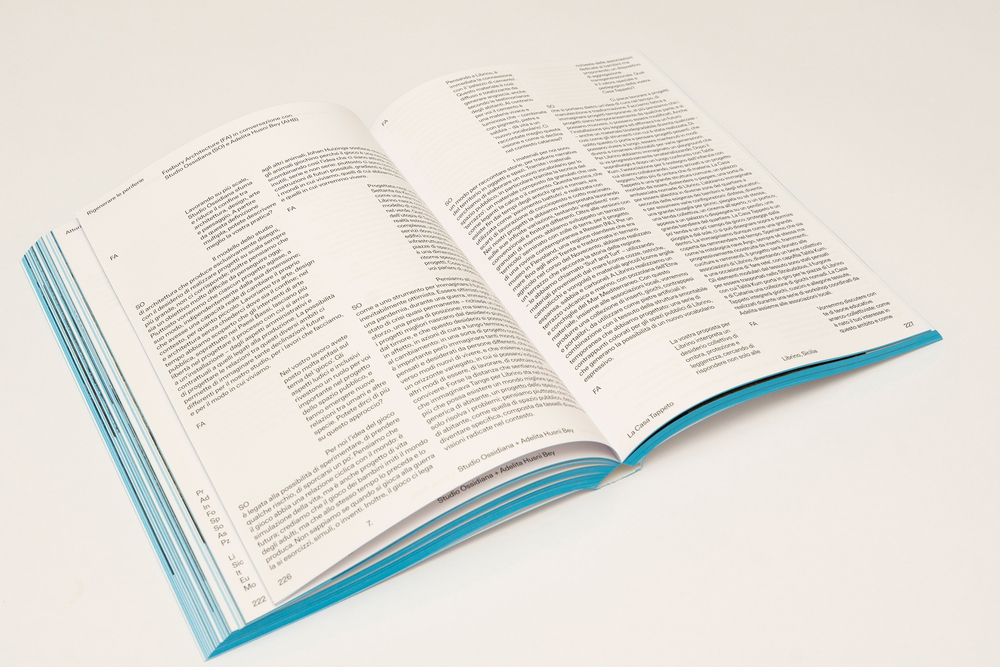


<<I focus a lot on the origins and consequences of technological thinking, and I assume that, just as there have never been pre-technological human beings, there have never been pre-technological landscapes. Any terrestrial landscape is the result of processes of anthropization of the environment; any lived place is also a spatial register of our cultural techniques and practices. Landscape indexes how we move, where we live, how we work, how we recreate, what and how we cultivate, whether and how we breed other species. It also offers a plastic representation of more abstract ideas: forms, styles, rhythms, and visual codes. The landscape might be the town center of Prato or the Pistoia countryside, the stylish villa or the avenue lines with cypress trees, the path winding through the hills or—depending on the point of view—the combination of all the above. As an idea, the landscape exists beyond the physical space that corresponds to it. It reappears on postcards, in tourist guides and in our imagination; it exists in its infinite reproductions—both material and virtual. I was asked to reflect on this specific territory, and I turned my attention to the techniques that produce it and that, by so doing, reinforce the mental models that correspond to it.>>
EXHIBITIONS
- La Biennale di Venezia – 18th International Architecture Exhibition. Italian Pavilion. Spaziale, curated by Fosbury Architecture, Venice, Italy
- Centro Pecci per l’arte contemporanea. Centro Pecci Urban Center, BELVEDERE. Prato, Italy
PUBLIC PROGRAM
- Centro Pecci for Contemporary Art – Urban Center. Towards a Self-Reproducing Landscape: Leisure, Automation, and the Politics of Space. “After Leisure: Architecture or Politics?”. 14 July 2023, Prato, Italy
- Centro Pecci for Contemporary Art – Urban Center. Towards a Self-Reproducing Landscape: Leisure, Automation, and the Politics of Space. “Radical Leisure.” 14 September 2023, Prato, Italy
- Centro Pecci for Contemporary Art – Urban Center. Towards a Self-Reproducing Landscape: Leisure, Automation, and the Politics of Space. “Welcome to the Self-Replicating Landscape”. 12 October 2023, Prato, Italy
+ INFO
- A project by: (ab)Normal + Captcha Architecture + Emilio Vavarella
- Curated by: Fosbury Architecture
- Commissioner: Onofrio Cutaia
- Photo © Mattia Balsamini (Prato-Pistoia) / Michela Pedranti – DSL Studio (Centro Pecci) / Delfino Sisto Legnani – DSL Studio (Biennale Venezia).
- Incubator: Centro per l’arte contemporanea Luigi Pecci
- Sponsor: Municipality of Prato, Poliart (Lucca)
- Sustainers: Assessorato all’Urbanistica di Prato(Department of Urban Development of the Mayor’s Office), Vannucci Piante: Andrea Massaini, Fiorello Gori, Enzo Gramigni (Pistoia)
- Special thanks to: Stefano Collicelli Cagol, Valerio Barberis, Mario Pagano
